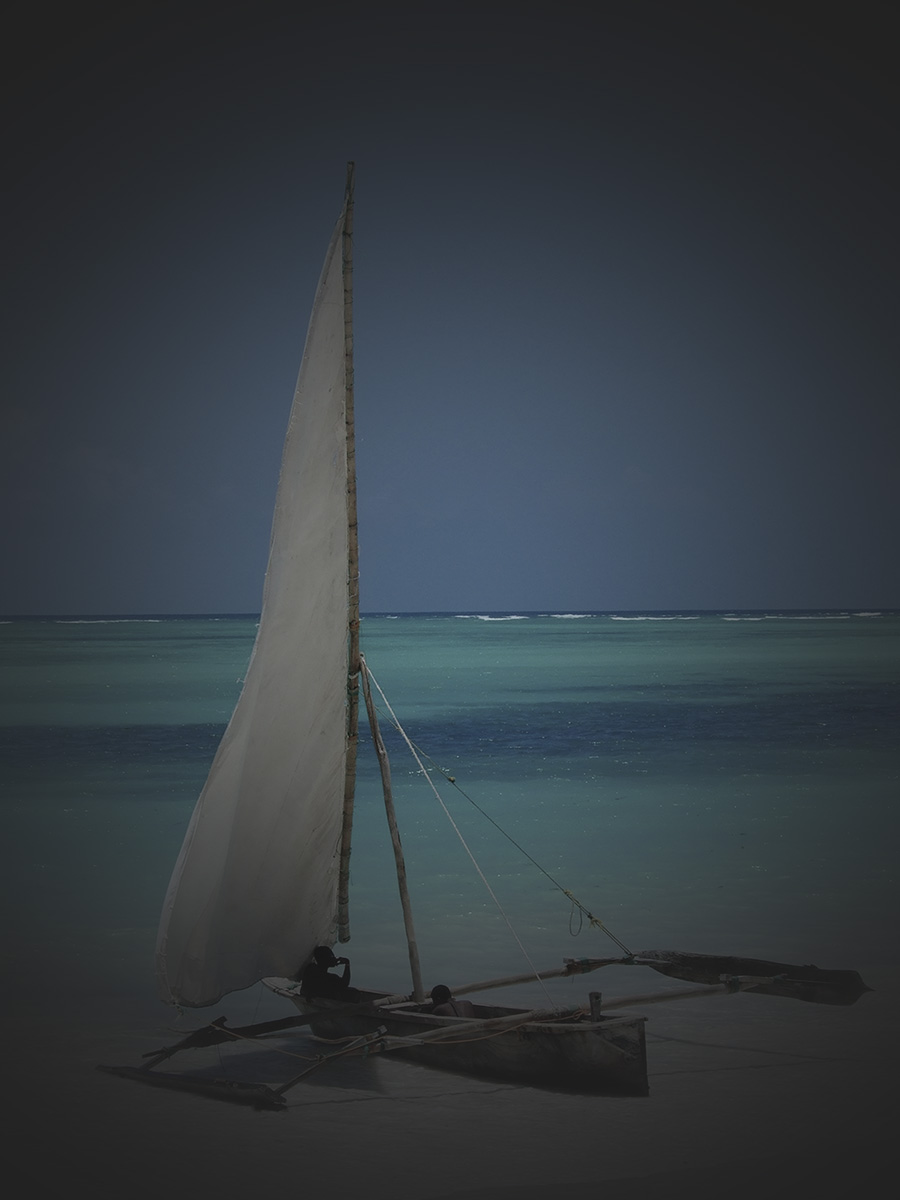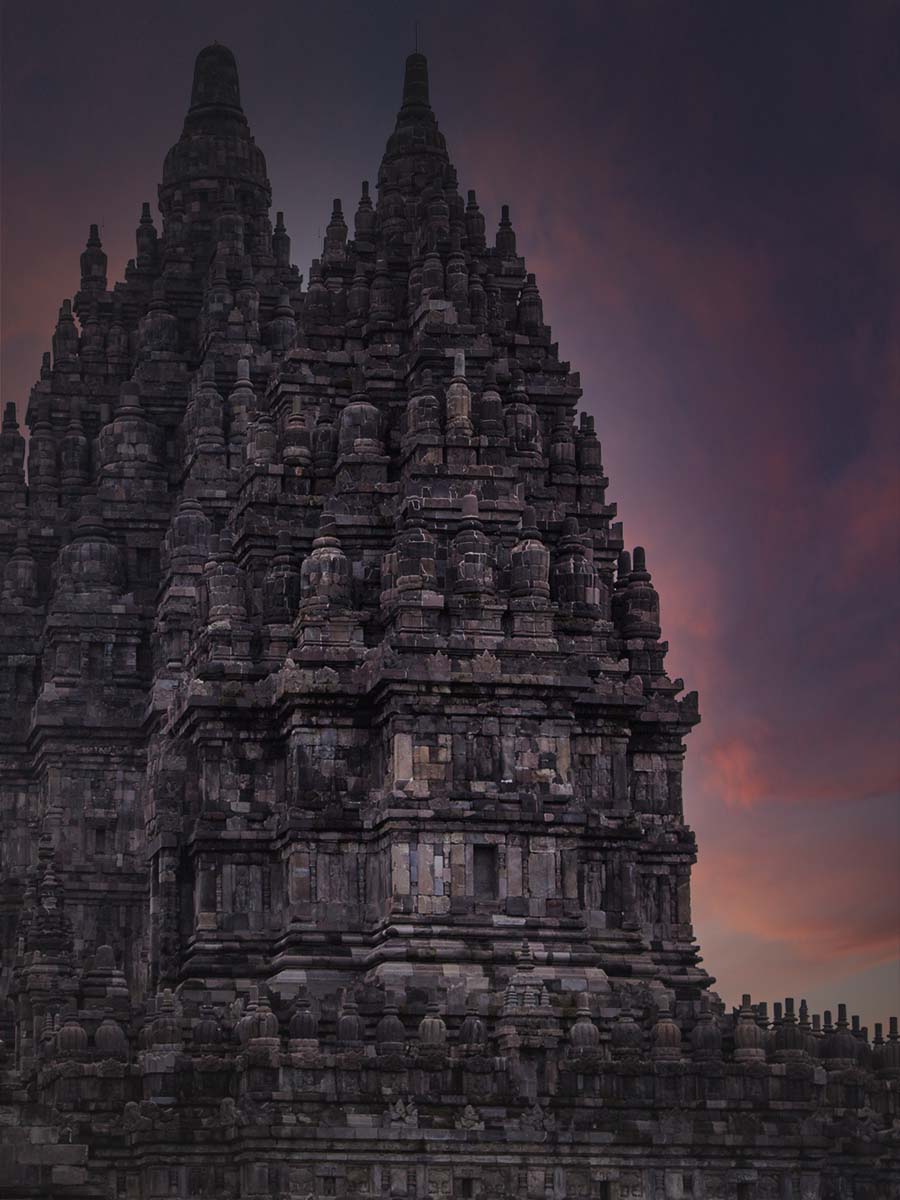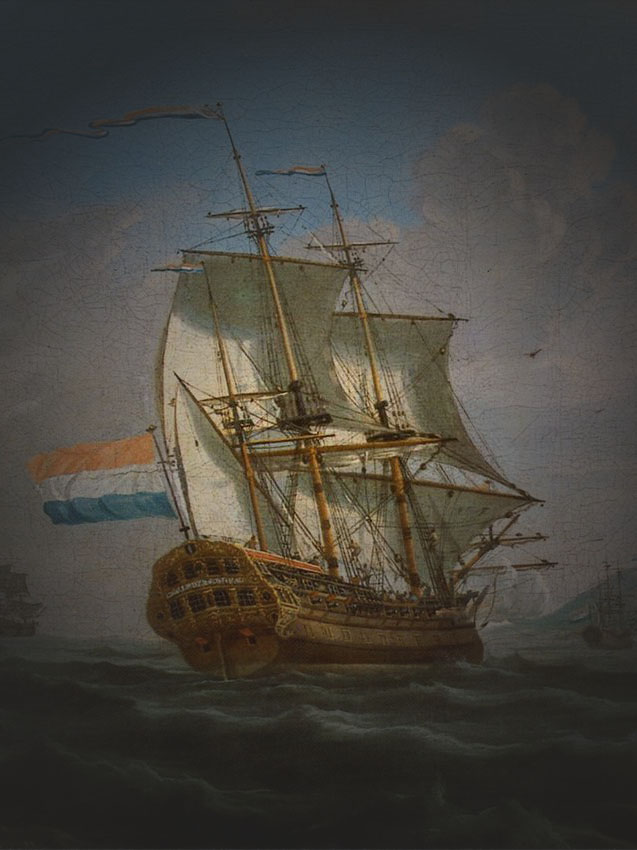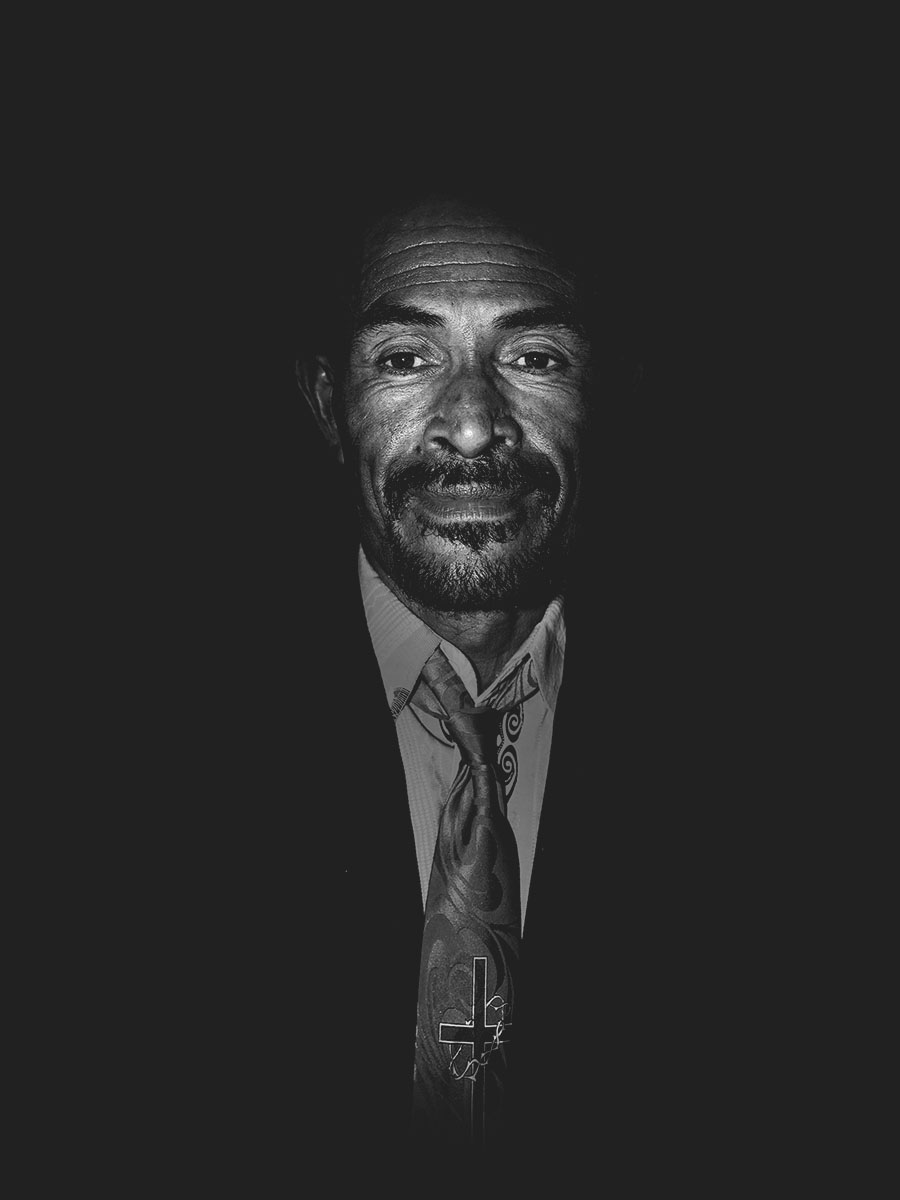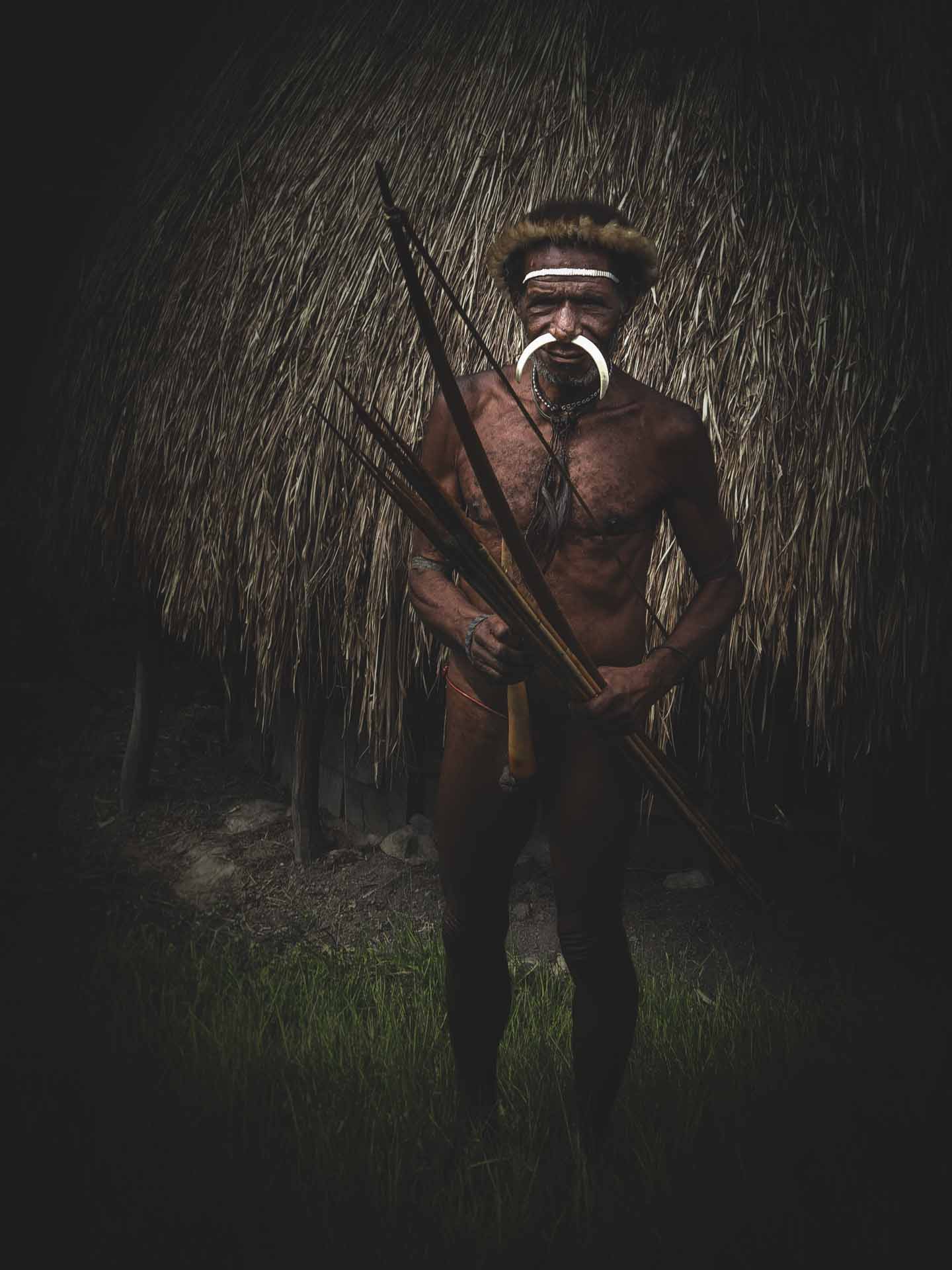Melanesians
The First To Arrive
70.000 - 4.000 BCE
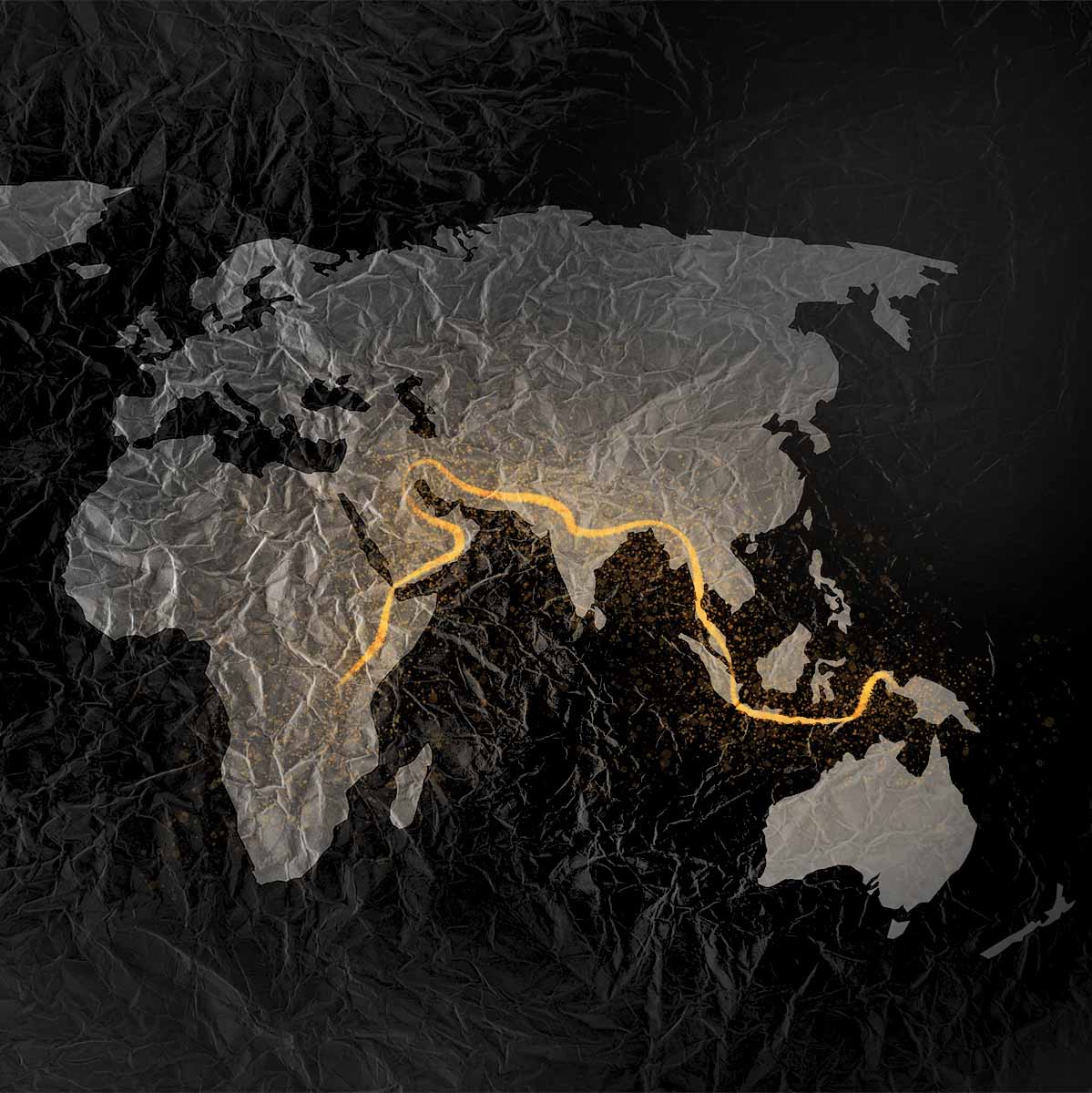
The Origins
Migration from Africa
According to the Southern Dispersal Theory, a small group of humans emigrated from Africa between 70.000 to 50.000 years ago. They dispersed along the southern edge of Asia before eventually reaching the Sundaland.
Small groups of people would eventually reach the very edge of Sundaland, confronting them with an obstacle: The deep-water straits separating the islands of Wallacea.
However, the relatively narrow channels between the islands allowed migration movements to continue all the way to Sahul.
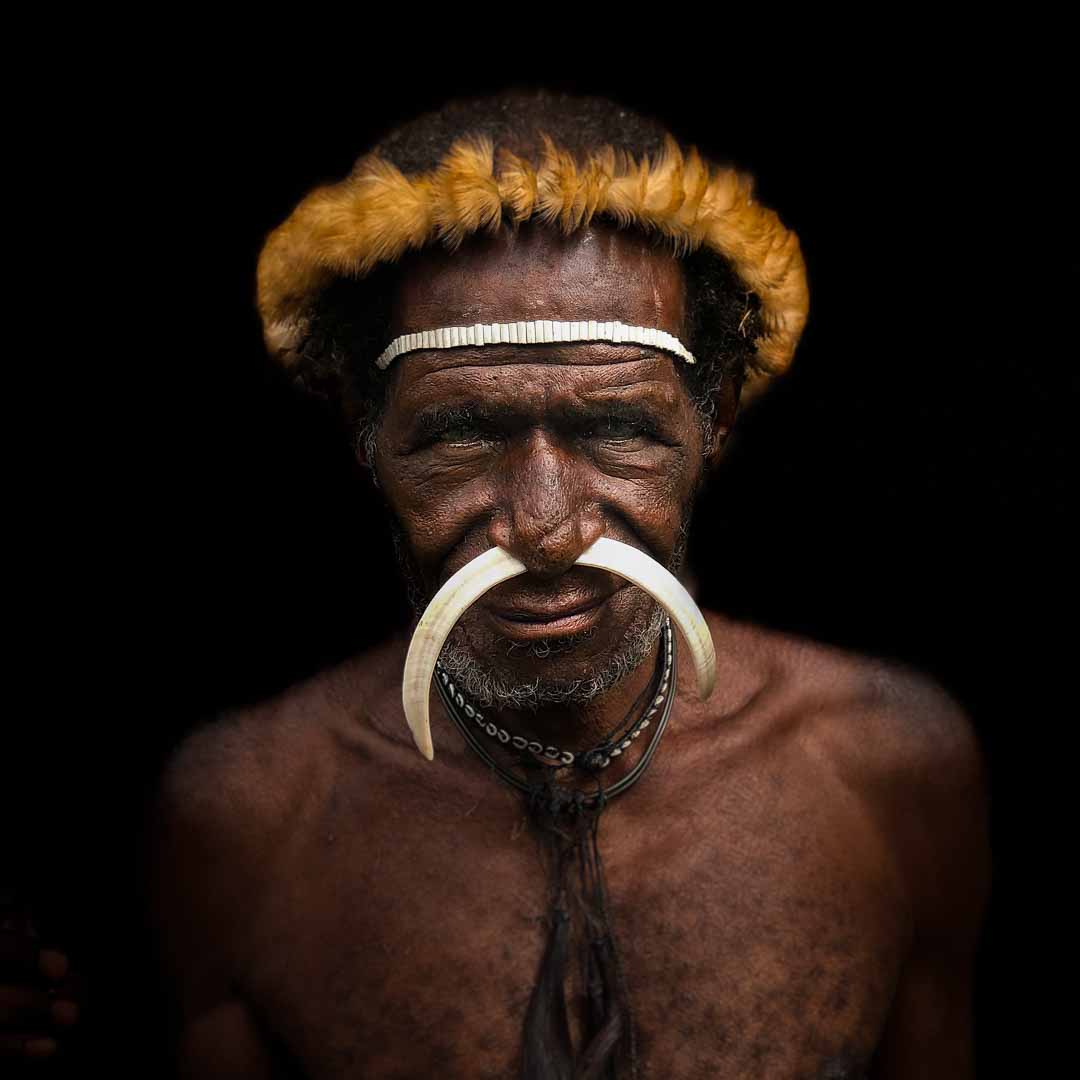
First Arrival
New Guinea's Indigenous People
Papua's early history is vague and mysterious. What's certain is the arrival of the first people in New Guinea, which back then was still joined with Australia, approximately 50.000 years ago — maybe even several millennia earlier.
These pioneers spread across Melanesia and Australia. They developed many distinct peoples, which are collectively referred to as Aboriginal Australians and Melanesians.
The Pioneers
Melanesian Hunter-Gatherers
For a long time Indigenous Papuans were the only inhabitants of New Guinea. They continued to settle even the remotest areas of the island, including the inaccessible central highlands as well as the inhospitable southern swamps.
Misool and Salawati were connected to New Guinea during this period. There are indications of Melanesians settling here, but we know very little about indigenous populations. Batanta and Waigeo were joined together by a land bridge, but never had a connection to the mainland. It is improbable that groups of hunter-gatherers made it there.
Approximately 10.000 - 8.500 years ago the rising sea levels cut off Misool's and Salawati's access to New Guinea. Latter also got separated from Australia by the Torres Strait. Further contact between the inhabitants of the two hemi-continents was rather sporadic. Whether indigenous populations remained in Raja Ampat is uncertain.
